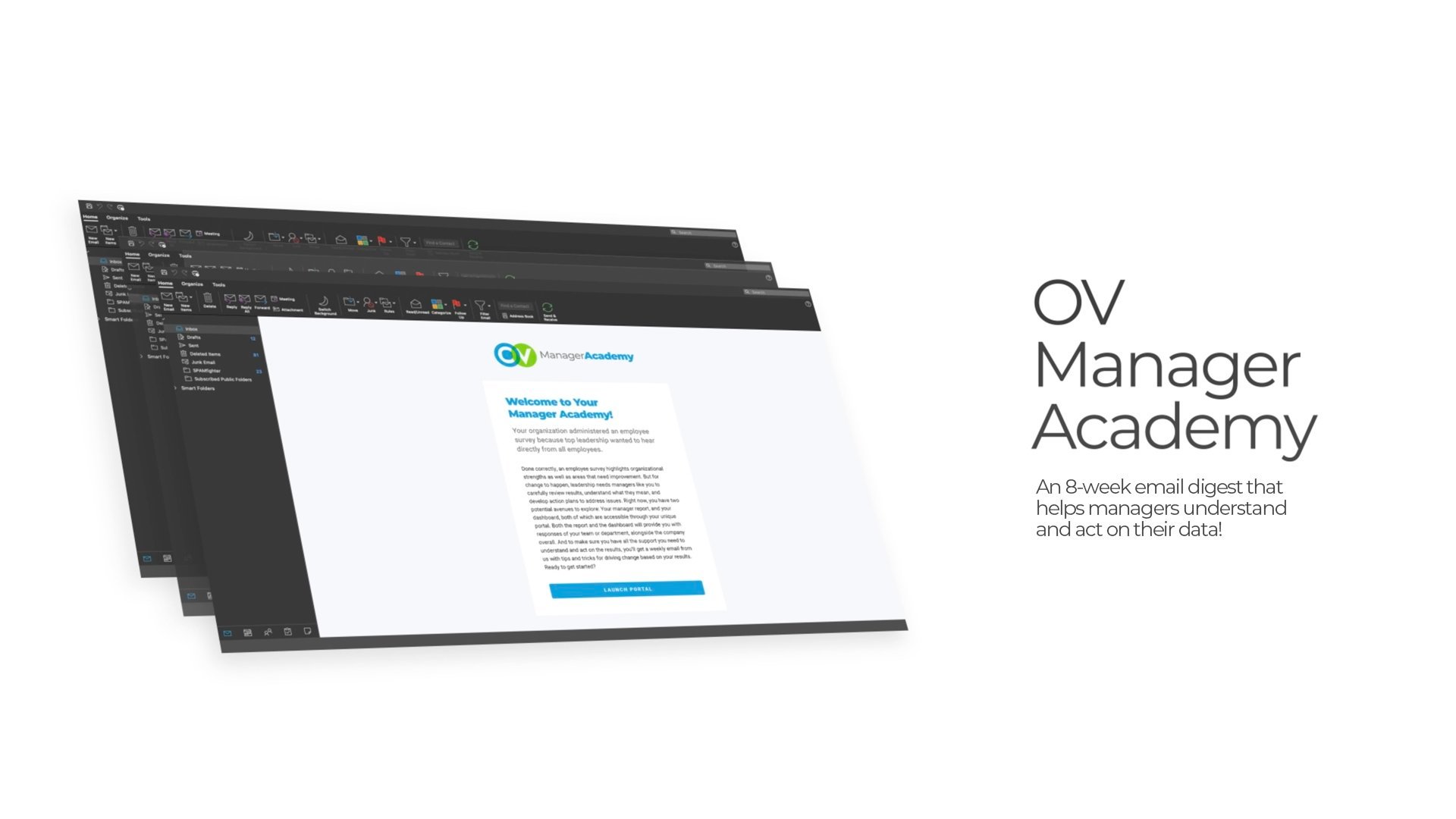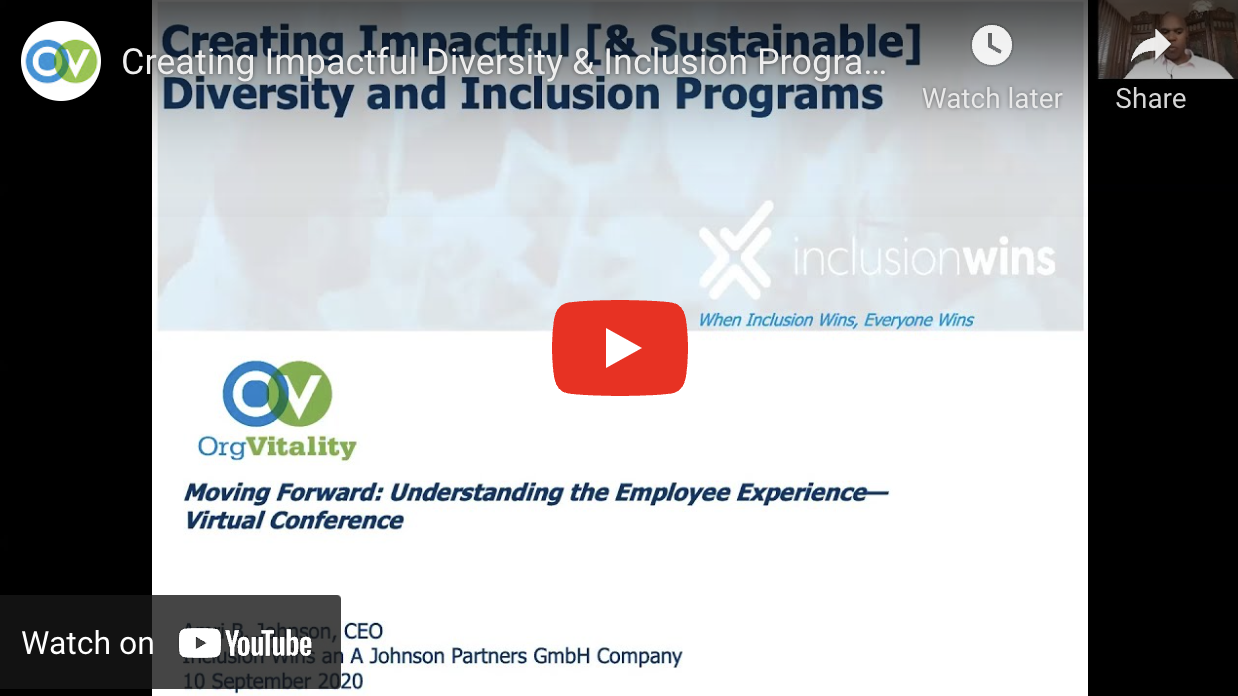
AI Tools like ChatGPT are increasingly getting embedded into everyday products and services, as well as work flows and general ‘getting the job done’ processes. Much has been written how businesses might employ AI to increase productivity or even to reduce their workforce, but how much are individual employees using Generative AI in the workplace and should organizations be concerned?
Generative AI has emerged as a powerful tool, causing many to celebrate and others to worry about the fate of humanity. Generative AI instantly creates content, generates ideas, summarizes information and so, so much more. It’s tantalizingly easy to use. Even as I type this blog post, I wonder whether I should simply ask HubSpot’s embedded AI tool to do this job for me so I can go off and finish other tasks. Would anyone know? (Full disclosure: After writing my first draft, I did ask ChatGPT to write this blog and while technically accurate and fine, it truly didn’t have any of that human element that make blogs more interesting to read.)
{READ MORE: What is the Role of Artificial Intelligence in Employee Surveys?}
Yet there’s no doubt that many employees are already using AI to complete their work. And while some managers may be aware or even encouraging of this practice, there are likely many others who simply don’t understand the tool well enough or just simply don’t know how their employees may be leveraging it. That needs to change. First, these tools are going to be used, whether organizations like it or not. There might be concerns around accuracy, plagiarism, or security. Understanding if and how employees are using AI isn’t a choice, it’s a requirement.
As with everything employee-related, we recommend organizations start by asking their employees. Open communication is one of the most critical aspects of strong company culture. A short pulse survey focused on use of tools like Generative AI can be administered separately from any annual surveys (or added as a supplement) and organizations need to explain both the purpose behind the survey and their plans for the feedback.
Once organizations have the data, they should create clear guidelines, which need to be revisited often given how quickly these technologies evolve. Training can help ensure that all employees understand how to appropriately use AI. Feedback channels need to be established for when employees may have questions or concerns.
{WATCH NOW: Artificial Intelligence: Primer for HR}
Ultimately, while there are legitimate concerns surrounding the use of generative AI in the workplace, organizations can mitigate risks by fostering a culture of responsibility and transparency. By openly talking with employees about these issues and providing the necessary support and guidance, organizations are better positioned to help their employees employ these tools to better accomplish their jobs.
Author

Amanda focuses on business development, including creating branded content, managing special events, and working with clients to enhance their internal communications. Amanda comes to OrgVitality from the media industry, where she had 20 years of experience writing for national magazines, newspapers, online publications, and television news programs. She graduated from Columbia University with a B.A. in English and Comparative Literature






